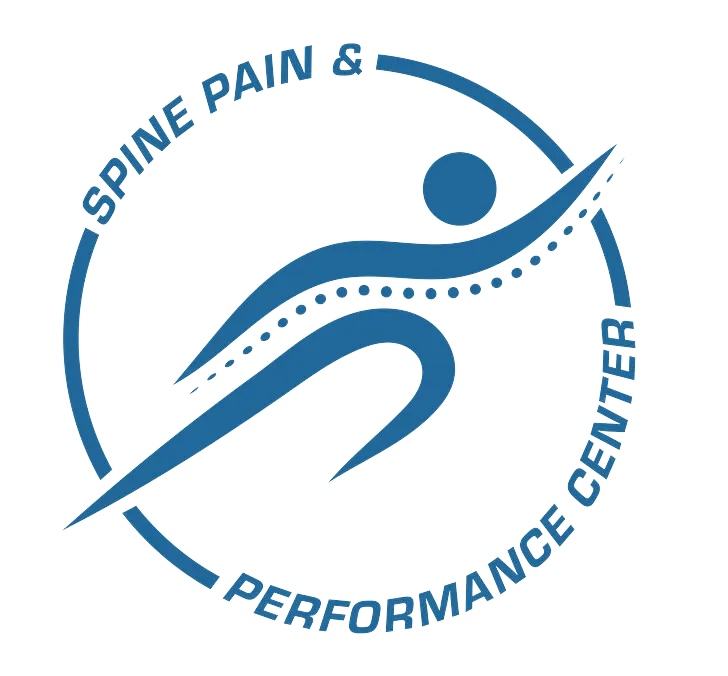
Why You Can’t Afford to Take Risks with Concussions
If you wouldn’t ignore a broken bone, why would you ignore a brain injury?
Key Takeaways:
✔ A concussion is a brain injury, not just a bump on the head.
✔ Ignoring a concussion or rushing back too soon increases the risk of permanent brain damage.
✔ Multiple concussions raise the chances of long-term cognitive decline.
✔ Most people don’t get the right treatment, leading to longer recovery times.
✔ The right recovery plan can mean the difference between healing fully and struggling for years.
Would You Gamble with Your Brain (or Your Child’s)?
Let’s be real—you wouldn’t ignore a broken bone.
So why do so many people ignore concussions or try to push through them?
Maybe it’s because concussions don’t always look dramatic.
No bleeding, no cast, no obvious sign of injury.
But here’s the truth: A concussion is a brain injury.
And gambling with brain health? Not an option.
Let’s break down why taking the right steps immediately is the difference between full recovery and lifelong struggles.
1. A Concussion Is a Brain Injury—Not Just a ‘Bump on the Head’
A concussion happens when your brain slams into your skull.
That impact can cause:
🔹 Chemical imbalances that affect memory and focus
🔹 Inflammation that slows down brain function
🔹 Cell damage that makes the brain more vulnerable
And here’s the worst part—you can’t see a concussion on a standard MRI.
So just because a scan looks “normal” doesn’t mean everything is fine.
That’s why recognizing symptoms early is critical.
📖 Related: What Are the Symptoms of a Concussion?
2. The Risks of Repeat Concussions Are Serious
Think one concussion is bad? Try multiple.
The more concussions you have, the worse the damage gets.
Your brain doesn’t fully heal before the next hit? Now you’re at risk for Second-Impact Syndrome—a condition that can be fatal.
Repeated concussions increase the risk of:
⚠️ Permanent memory issues
⚠️ Chronic headaches & dizziness
⚠️ Mental health struggles (anxiety, depression, mood swings)
⚠️ Chronic Traumatic Encephalopathy (CTE)
CTE isn’t just something that happens to pro athletes.
It’s been found in teen athletes and military veterans—anyone who has taken multiple hits to the head.
One concussion is bad enough.
Multiple? That’s playing with fire.
🧠 Source: Mayo Clinic on CTE
3. Early Action Is Critical
The faster you take the right steps, the better your chances of full recovery.
Here’s what NOT to do after a concussion:
🚫 Ignore symptoms and “tough it out”
🚫 Go back to work, school, or sports too soon
🚫 Rely on outdated advice like “just rest” and hope for the best
What actually helps?
✅ Immediate removal from play or activity
✅ Following a structured recovery plan
✅ Gradual return to physical and cognitive activity
✅ Targeted therapy for brain, vision, and balance issues
The right treatment plan can cut recovery time in half and lower the risk of long-term problems.
📖 Need a step-by-step guide? Check out The Concussion Comeback Program
4. Most People Don’t Get the Right Treatment
Let’s be honest—most concussion advice is outdated.
For years, people were told to sit in a dark room, avoid screens, and do nothing.
🚨 Bad idea.
We now know that complete rest slows recovery and can even make symptoms worse.
Instead, recovery should include:
✔ Light movement and activity as tolerated
✔ Vision, balance, and cognitive therapy
✔ Proper hydration, sleep, and nutrition
If you’re following bad advice, you’re making it harder for your brain to heal.
👀 Want to know if your recovery plan is working? Find out here
5. You Don’t Have to Guess Your Way Through Recovery
There’s no reason to figure this out on your own.
There are proven recovery protocols, like the Graduated Return to Activity and Sport (GRAS) framework, that ensure you heal properly.
Skipping steps only increases the risk of setbacks and long-term symptoms.
A structured plan = faster, safer recovery.
The Concussion Comeback Program gives you everything you need to heal properly—without the confusion.
🔹 Step-by-step recovery roadmap
🔹 Expert-backed rehab strategies
🔹 Ongoing support so you don’t get stuck
🎯 Don’t gamble with your brain health. Start your recovery now.
Ready to Protect Your Brain?
Your brain controls everything.
Your ability to think, move, remember, and function.
Taking concussions seriously isn’t optional.
🚨 If you or your child has had a concussion, get the right care—NOW.
📖 Want a full breakdown? Grab our FREE Concussion Recovery Ebook 👉 Download Here

FAQs
How long does a concussion take to heal?
Most recover in 2-3 weeks, but some people take months or longer.
Is it safe to return to sports after a concussion?
Only if you’ve been cleared by a specialist and followed a structured return-to-play protocol.
Can kids recover from concussions faster than adults?
No—kids often take longer because their brains are still developing.
What happens if I ignore a concussion?
Ignoring symptoms increases the risk of Post-Concussion Syndrome (PCS)—which can cause long-term cognitive and emotional issues.
Do I need a specialist for concussion treatment?
If symptoms last more than 10 days, if they get worse, or if they impact daily life—yes, see a specialist.
Final Thoughts: Don’t Take Risks with Brain Health
A concussion isn’t just a bump on the head.
It’s a brain injury—and it deserves proper care.
Waiting too long or following bad advice can lead to serious long-term issues.
🏆 The Concussion Comeback Program gives you a clear roadmap to recovery—backed by science.
👉 Get started today: LEARN MORE HERE
Disclaimer: This blog was generated with the assistance of AI and carefully reviewed, edited, and updated by Dr. Josh Bletzinger DC to ensure accuracy and relevance on the topic of concussion research and the best recovery practices available.

